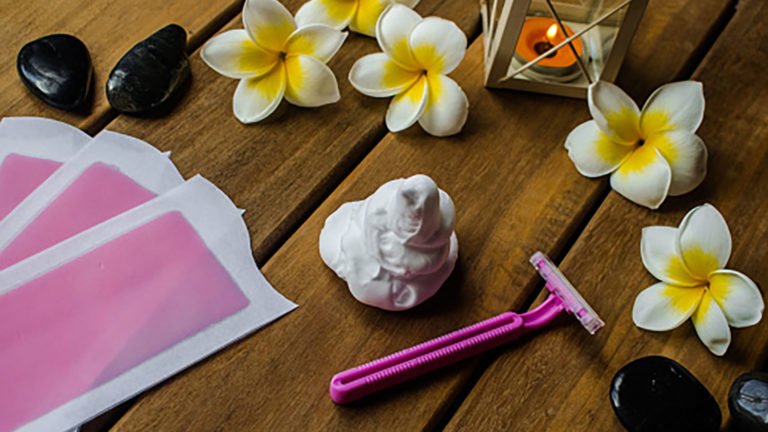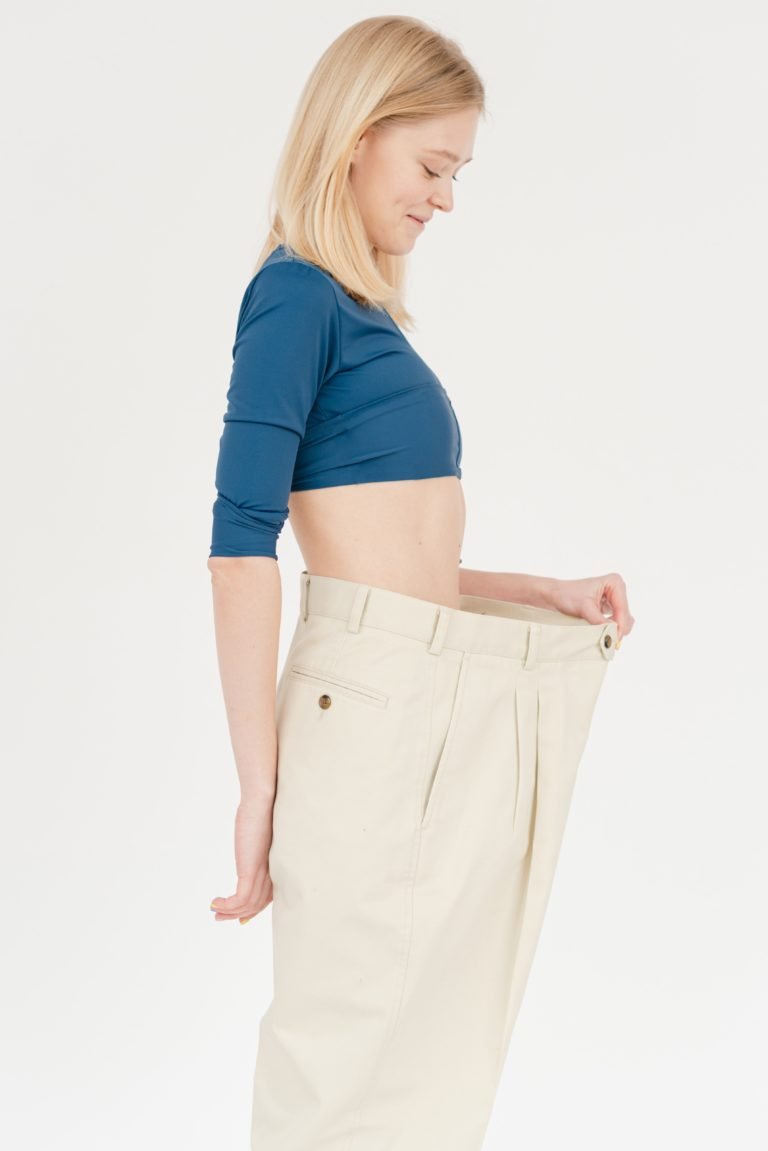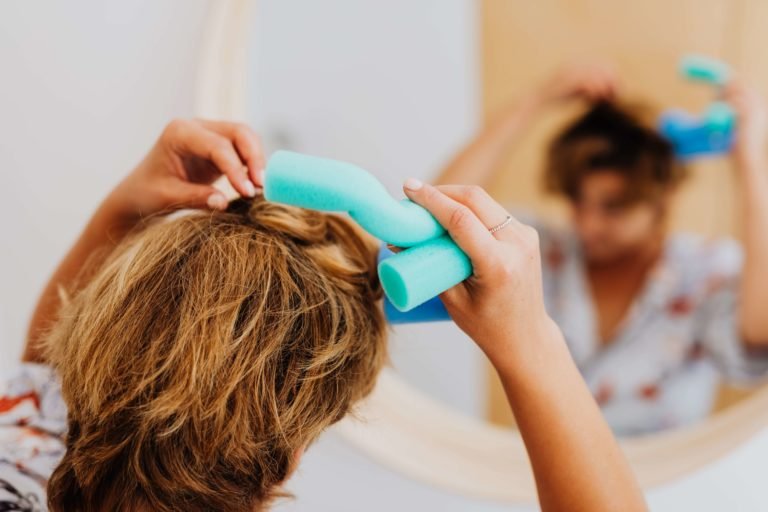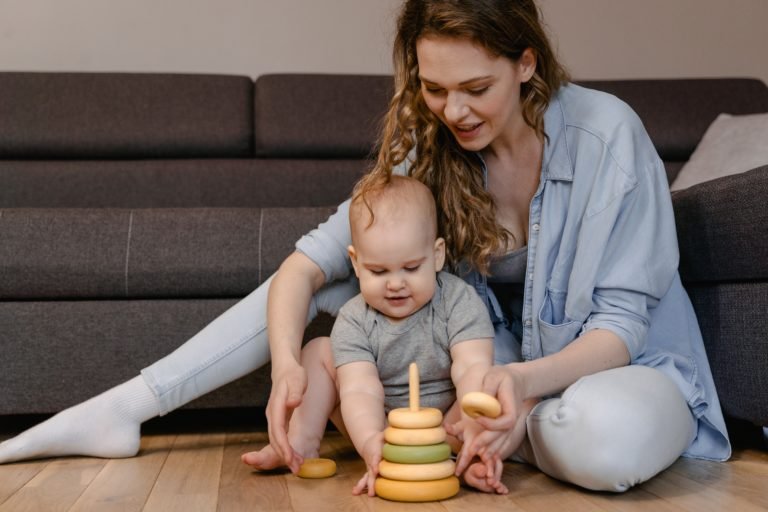4 Types of Hair: Exploring the Different Hair Types and How to Embrace Your Natural Hair Texture
A wise man said once, “The crown of every woman is her Hair, “، so what kind of a crown do you want? Is it just cheap lead, silver, or something dazzling and precious like gold?
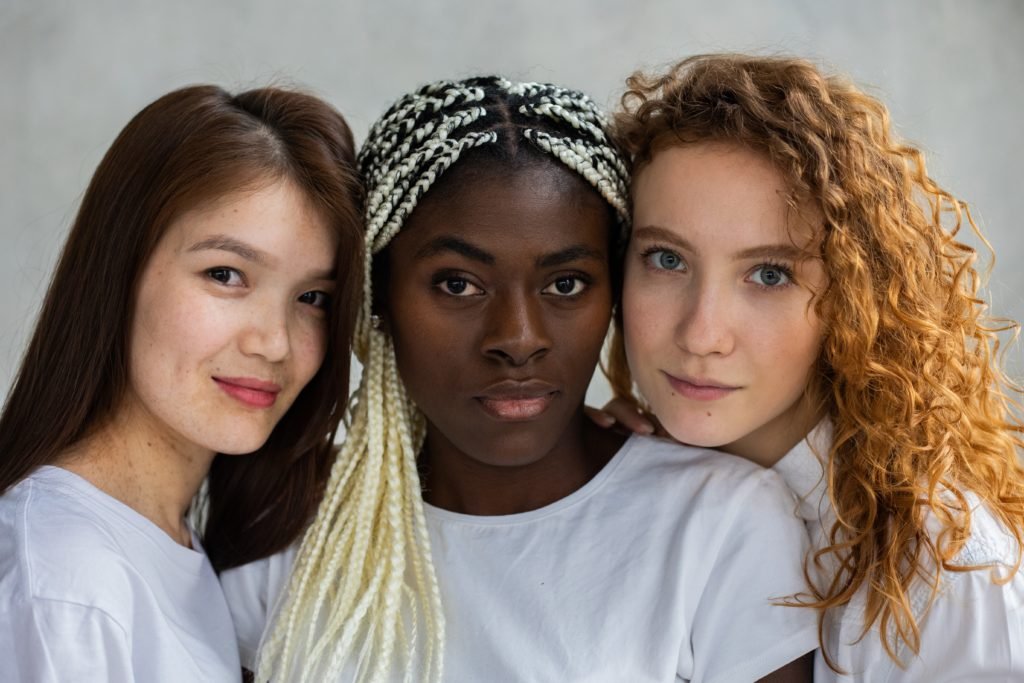
Our Hair is an incredible feature that comes in various textures and types. Understanding and embracing your natural hair texture is essential for maintaining healthy and beautiful looks. In this article, we will explore the different hair types and provide a comprehensive hair types chart to help you identify your hair type, which can play a massive role in the efficacy of your daily hair care routine, besides offering some tips on how to care for and style each type.
Understanding the Different Hair Types
According to the hair type chart, there are four main hair type categories; straight, wavy, curly, and kinky or coiled. Each class has three subcategories, and the Hair can have varying curl patterns and thicknesses. Each type has its unique characteristics and requires different care routines and styling techniques, meaning what works for one hair texture differs for another, some products should be avoided, and others are essential. And yet, figuring out your correct hair type may be easier said than done. That’s where a hair type chart comes to help by including several other factors to consider when pinpointing your unique hair type.
Hair Types Chart: Identifying Your Hair Type
To identify your hair type accurately, it’s crucial to refer to a hair types chart. This chart considers curl pattern, thickness, and texture factors to help you determine your hair type. The graph will help you understand the nuances of your Hair and enable you to tailor your haircare routine accordingly.
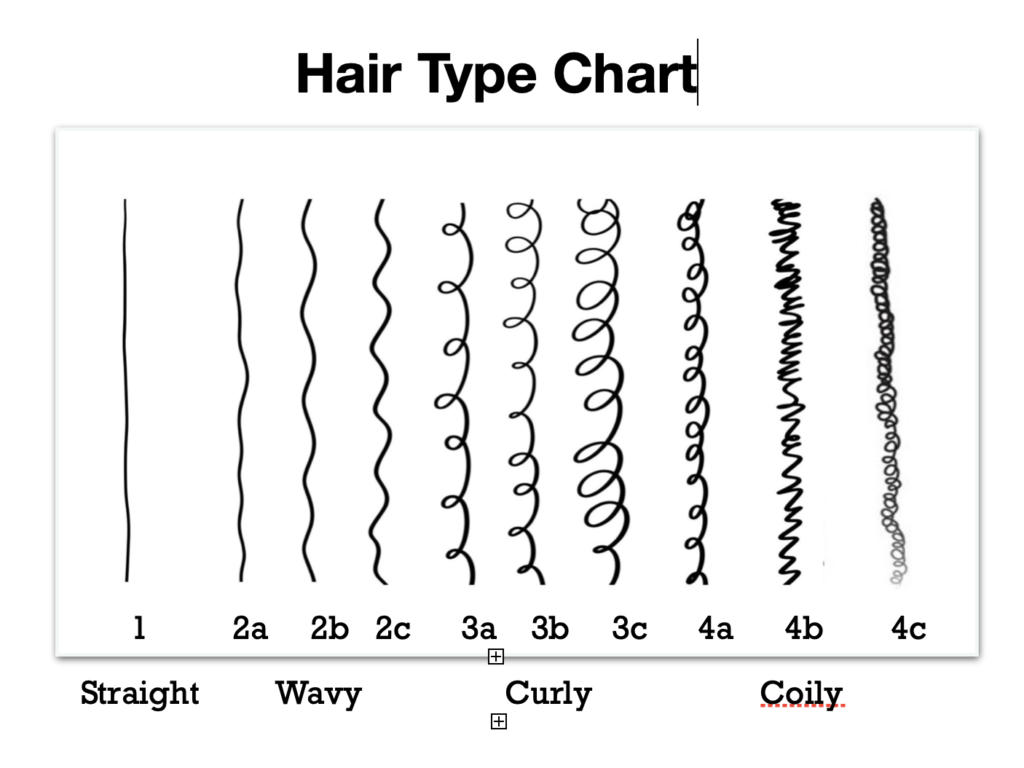
Of course, one or two types can be excluded at first glance. For example, if the Hair is Straight, the third and fourth types can be excluded, and vice versa. As for knowing my exact hair type, it ranges between the three textures of each class. The same style is determined beside its surface according to other factors such as hair density(structure), porosity, and Scalp Moisture.
Now to know exactly how to embrace your natural hair texture, let’s explain and define each texture type from the above chart.

Type 1 Hair: Straight Hair
Straight Hair is characterized by its refined texture and lacks any defined curl or wave pattern. It is generally smooth and sleek but fine or coarse, ranging from thin and silky to thick and poofy. Straight Hair tends to be more prone to oiliness and can become limp or flat. Straight Hair usually looks dull and lifeless because the natural oils on your scalp can easily coat themselves on straight Hair. Choosing the right products and adopting a suitable haircare routine is essential to keep your straight hair looking its best.
Type 2 Hair: Wavy Hair
Wavy Hair falls under Type 2 and has a slight S-shaped pattern. It is neither wholly straight nor distinctly curly, falling somewhere in between. Wavy Hair can range from loose waves to more defined, bouncy curls. This hair type often craves moisture and can be prone to frizz. Wavy style can be divided into three categories :
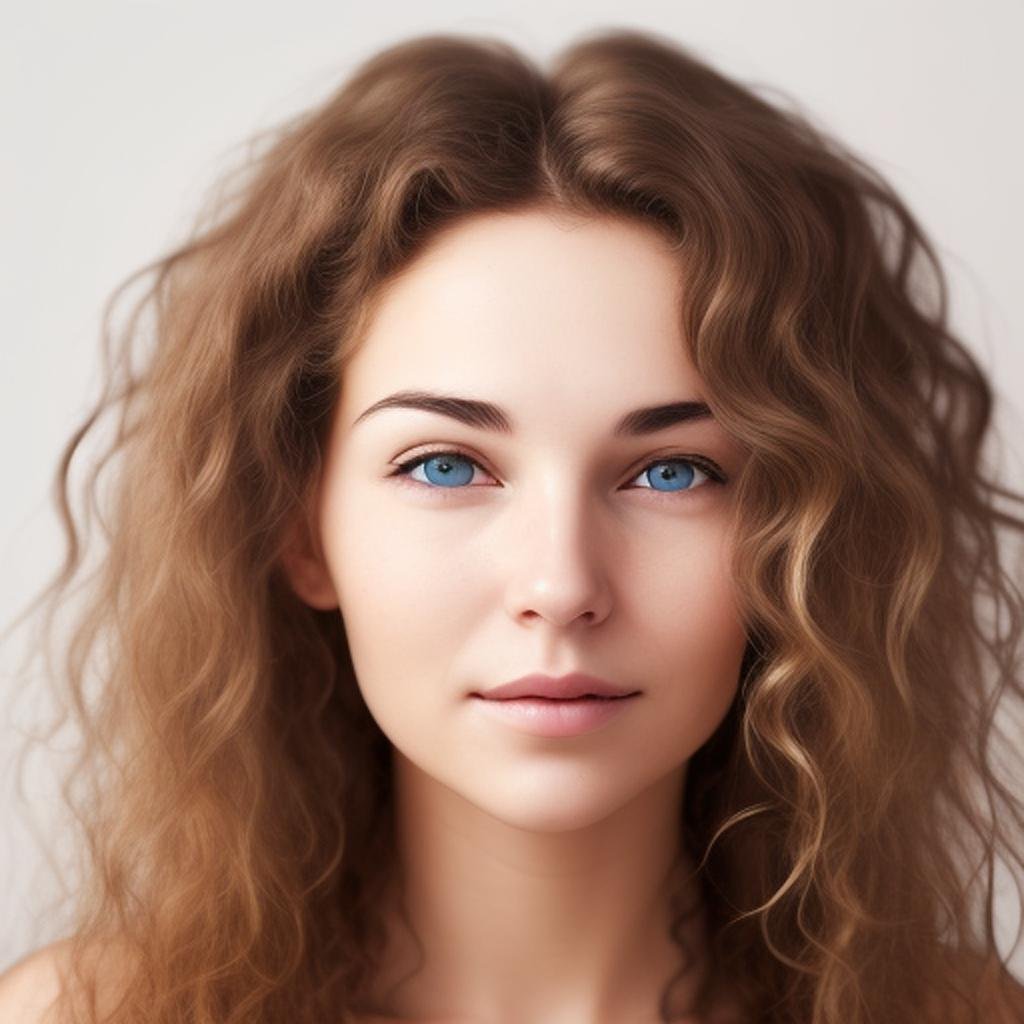
- 2A Wavy Hair appears straighter than other wavy textures and has a slight wavy pattern. The Hair seems straight at the roots but has a loose wave toward the ends. This hair type is thinner and finer than other wavy categories and can be easily blown out and straightened.
- 2B Wavy Hair has a more defined natural S pattern. The top of the Hair can appear straight, with the wave becoming more noticeable from the midpoint. This hair texture can be prone to frizziness and poofing, significantly if your Hair is damaged.
- 2C Wavy Hair is wavy from the root and will create gorgeous S-shaped waves, it can be prone to frizziness easily and lose definition fast in humid climates, but it can also have a few loose curls and coarser textures mixed in (since they’re right on the edge of type 3 curls).
You can enhance your waves and achieve a stunning look with the proper care and styling techniques.
Type 3 Hair: Curly Hair
Curly Hair, belonging to Type 3, is characterized by its well-defined spiral or ringlet curls. This hair type can range from loose curls to tight corkscrew curls. Curly Hair tends to be more prone to dryness and frizz, requiring extra hydration and moisture. Curly type can be divided into three categories:

- 3A Curly Hair is mostly loose curls with just a few waves. That category tends to be finer, easily blown out, and super reactive to the elements (humidity! Wind! Dryness!).
This texture can lay flatter on the scalp than other curly hair types, so you will not need a product to show off the curls. - 3B Curly Hair usually has springier, wider, and tighter curls than 3a curls. This Hair texture is also more prone to dryness and frizz that always need moisture, but it is appealing because it is voluminous.
- 3C Curly Hair is defined by three words- thick, bushy, and tight curls hair- as if you gathered two or three wavy curls from (type 2) together, giving your hair major volume and springy shape. Of course, 3C Hair Type also can be prone to dryness and frizz and challenging to care for. You can embrace your curls and showcase their natural beauty with the right products and techniques.
Type 4 Hair: Coily Hair
Coily Hair, falling under Type 4, is the tightest and most textured type. It forms tight coils or zigzag patterns and can shrink significantly in length when dry. Coily Hair is often fragile and requires gentle handling and extra moisture to prevent breakage making type 4 hair the most fragile, dry, and damage-prone of all hair types but also the most flexible type to styling. Coily type can be divided into three categories:
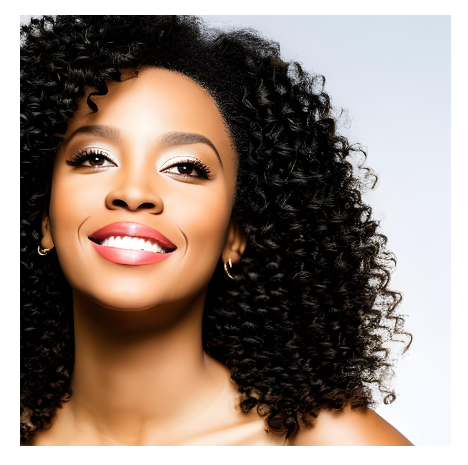
- 4A Coily Hair type has the tightest, most miniature coils—often mixed with some 3c curls—that can barely wrap around a crochet needle and features Hair with tight coils that appear springy and full of movement. It is a style that retains its curls when wet or dry.
- 4B Coily Hair Type appears in a Z pattern; rather than curling or coiling around itself, 4b hair bends in a sharp, zigzag shape with a spring’s circumference in a ballpoint pen. The curls are tighter, and strands can be in varying thicknesses, from fine to coarse.
- 4C Coily Hair has a Z-shape pattern defined by the tightest curls and naturally has fewer cuticle layers than any other hair type. The Hair is coarse and prone to shrinkage. This hair texture must be treated delicately because it can easily result in breakage. And it also naturally has fewer cuticle layers than any other hair type.
Embracing your coily Hair means understanding its unique needs and adopting a specialized haircare routine.
But what about these other factors to consider to know precisely about our hair type?
1- Hair Structure
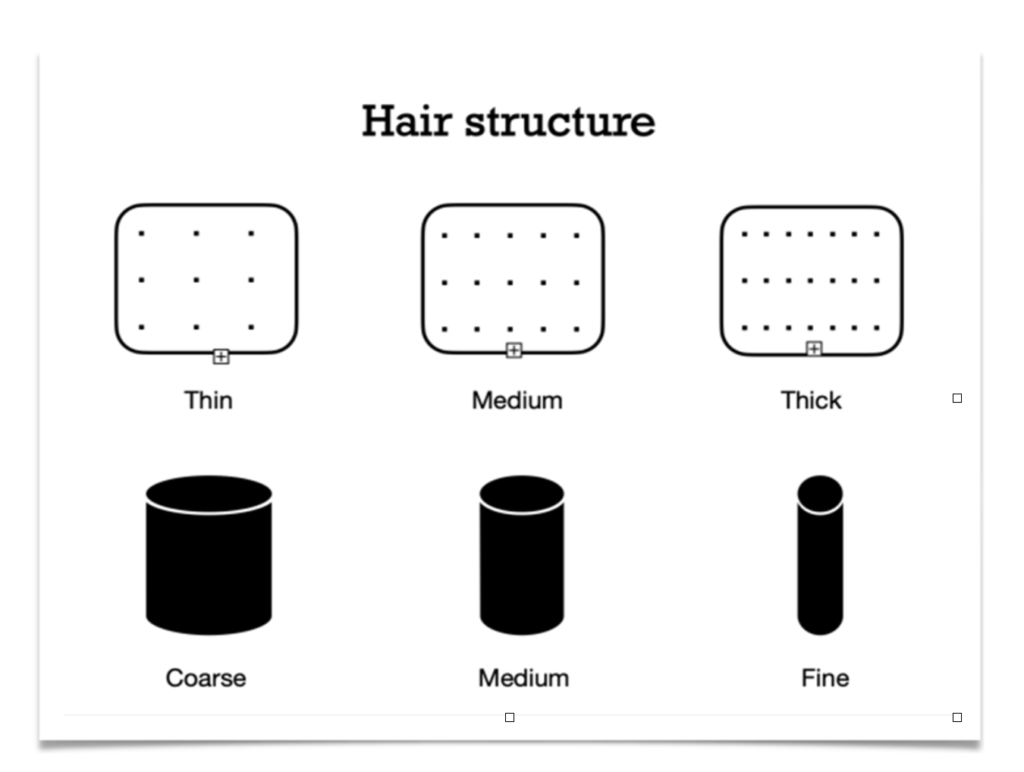
When we talk about hair structure, we’re referring specifically to the thickness of the strands; generally, your Hair can fall into three categories: fine, medium, and thick.
An easy way to tell whether you have thick or thin Hair is to take a single strand from your hairbrush and lay it down on a plain, flat surface. Next, cut a piece of sewing thread about six inches long (choose a similar color to your Hair if you can) and place it next to your strand of Hair. If your Hair appears thinner than the sewing thread, you have thin Hair; if it seems thicker, it’s likely coarse. Anything in between them would be medium. So, for example, when a hair type chart is used to determine different types of curls, someone with fine and loose curls would probably be classified as a type 3A curly hair type.
2- Hair Porosity
Hair porosity is a measure of the amount of moisture that a person’s Hair can absorb. Porosity is measured in three sections; low, medium, and high. An easy way to assess your Hair’s porosity is to place a single strand of hair into a bowl of water.
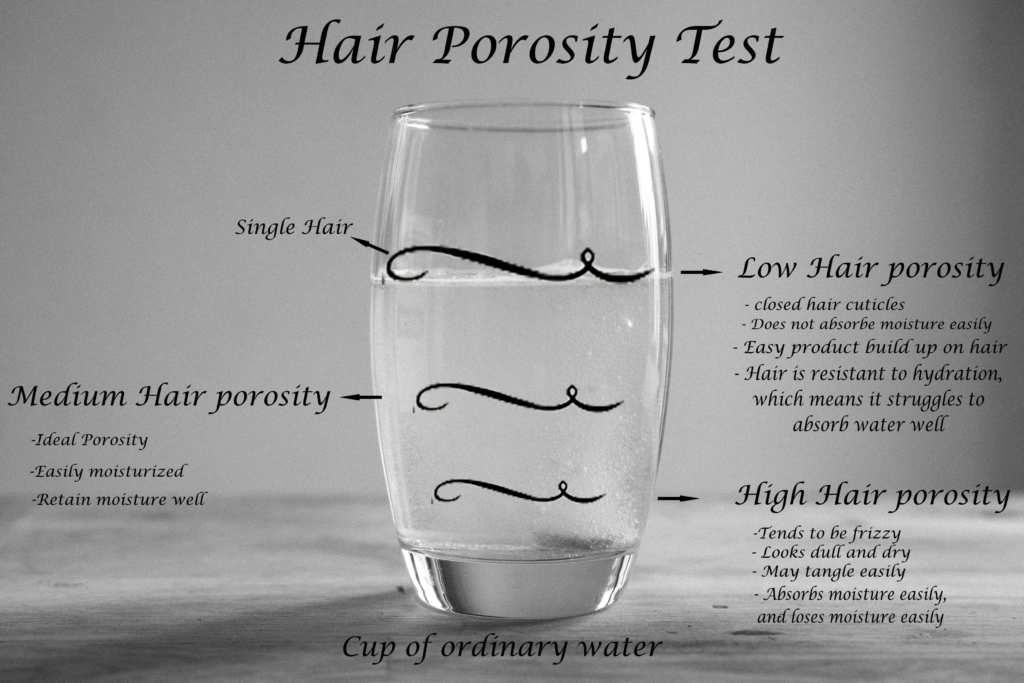
- If your strand sinks to the bottom, it has high porosity, absorbing all the moisture. The con to highly porous Hair is that it can be challenging to care for and is also prone to frizz and dryness. The good news is that high-porosity Hair can absorb the right products, like moisturizers, that nourish and strengthen the Hair.
- If the strand remains below the surface but floats above the bottom of the bowl, your Hair is well-balanced and of average porosity. This is the ideal porosity because moisture can penetrate the Hair easily but is retained.
- If the Hair floats or is not quick-drying and stays wet for a long time when it is wet, it has low porosity, which means it does not absorb moisture quickly, where the cuticle lays flat, blocking water or moisture from being absorbed into the strands. That’s why it’s crucial to apply products while your Hair is still damp to help ensure they’re more easily absorbed and distributed.
How to Embrace Your Natural Hair Texture
No matter your Hair type, embracing your natural texture is the key to healthy and beautiful Hair. Instead of fighting against your Hair’s natural tendencies, learn to work with them. Embracing your natural hair texture means accepting and loving your Hair as it is rather than trying to conform to societal norms or beauty standards. Celebrate the uniqueness of your Hair and let it shine.
Conclusion: Embracing and Loving Your Unique Hair Type
No matter your Hair type, embracing and loving your natural texture is the key to having healthy and beautiful Hair. Understanding the characteristics of your hair type, following a suitable haircare routine, and using the right products and styling techniques will help you enhance your natural beauty and showcase your unique hair type. Embrace your curls, waves, or straight locks with confidence, and let your Hair be a reflection of your true self.
CTA: Now that you comprehensively understand different hair types and how to embrace your natural hair texture, it’s time to implement this knowledge by knowing the suitable hair care and styling with the common problems and their solutions. Start by identifying your hair type using the hair types chart and incorporate the recommended haircare and styling tips into your routine. Embrace your unique hair type and let it shine!
You also may want to know about
–The best-fitting colors for your skin.
–How to build your Wardrobe with the most fitting clothes on a budget.
-Beauty and family balance, and how can you do it?
–Learn about various types of mindfulness and how to practice them to be more peaceful and calm.


